Simple Guide On How To Learn To Swim The Safest Ways
There’s nothing like swimming on a hot summer day. However, swimming is also a skill that can save your life. When you know how to swim, you can safely enjoy water activities like kayaking and surfing.
Swimming is a great workout, too. It forces your body to work against resistance, which strengthens your muscles, heart, and lungs according to Healthline.
Don't worry though — there are things you can do to make learning how to swim less daunting. Once you get the hang of it, swimming will be a breeze.
1. How to Begin
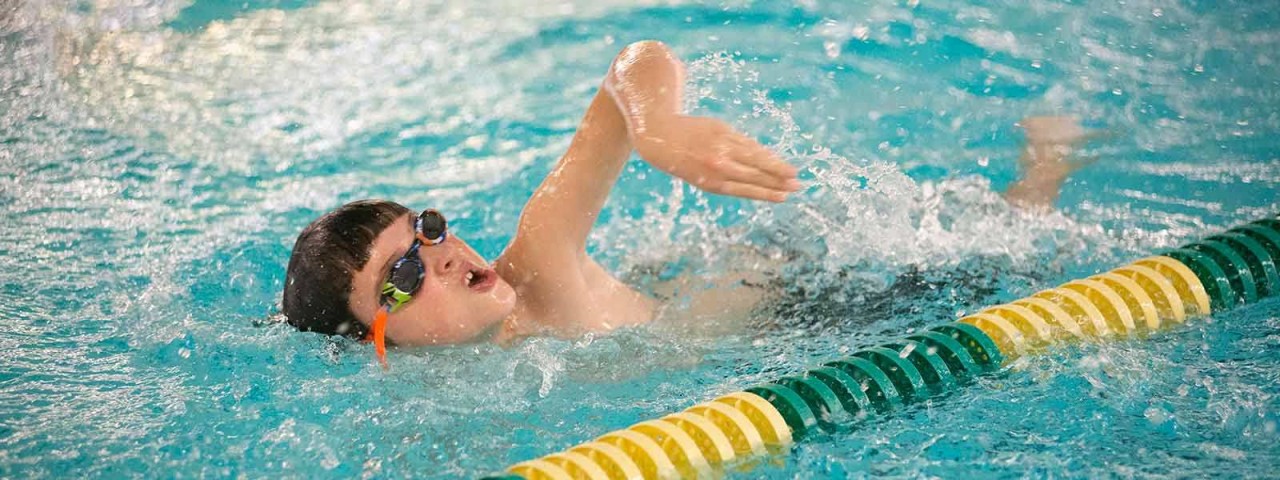 |
| Photo: Lowell School |
Stand with your back against the end of the pool, take a breath and bend forward at the waist until your face is completely in the water. Your ears should be at the water line. Hold this position for two seconds, slowly turn your head to one side and exhale into the water as you do. Return to a standing position.
2. Inhale and Exhale
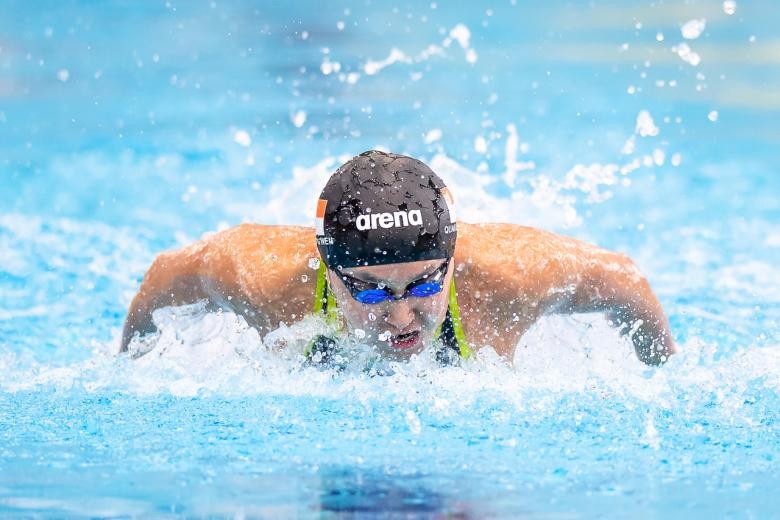 |
| Photo: Getty Images |
Hold your arms out from your side, palms down with your fingers together. Take a breath and bend forward as before. With your face in the water, bring your right arm up and out of the water, and reach in front of yourself.
When your hand contacts the water, pull your arm straight down and make a circular motion underwater until your hand is behind you and at your right side. Your palm should be up at this point. Turn your head to the right and draw a new breath through your mouth without lifting your head. Turn your head back and exhale through your mouth or nose, says U.S. Masters Swimming, with your face in the water.
3. How to do breaststroke
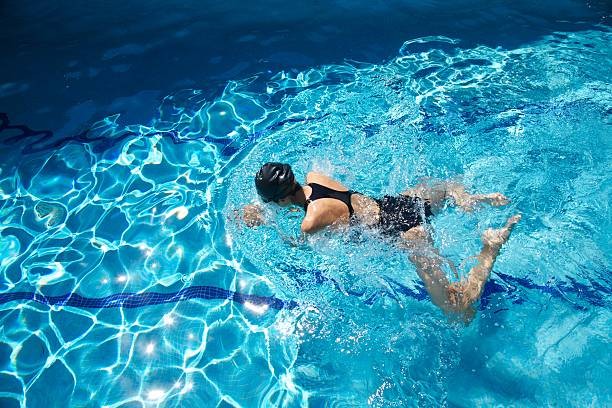 |
| Photo: iStock |
The breaststroke cycle is often described as “pull, breathe, kick, glide.” To remember the sequence, many swimmers recite this phrase in their head. Take a look at the video above to get a visual for how it’s done.
To do it:
1. Float with your face in the water, your body straight and horizontal. Stack your hands and keep your arms and legs long.
2. Point your thumbs down. Press your hands out and back in a circle, elbows high. Lift your head slightly and inhale.
3. Bring your hands together in front of your shoulders, thumbs pointing up. Keep your elbows close to your body. Simultaneously bend your knees, bringing your feet toward your butt and pointing your feet outward.
4. Reach your arms forward. Kick out and back in a circle then snap your feet together. Drop your head underwater and exhale.
5. Glide forward and repeat.
4. How to do butterfly
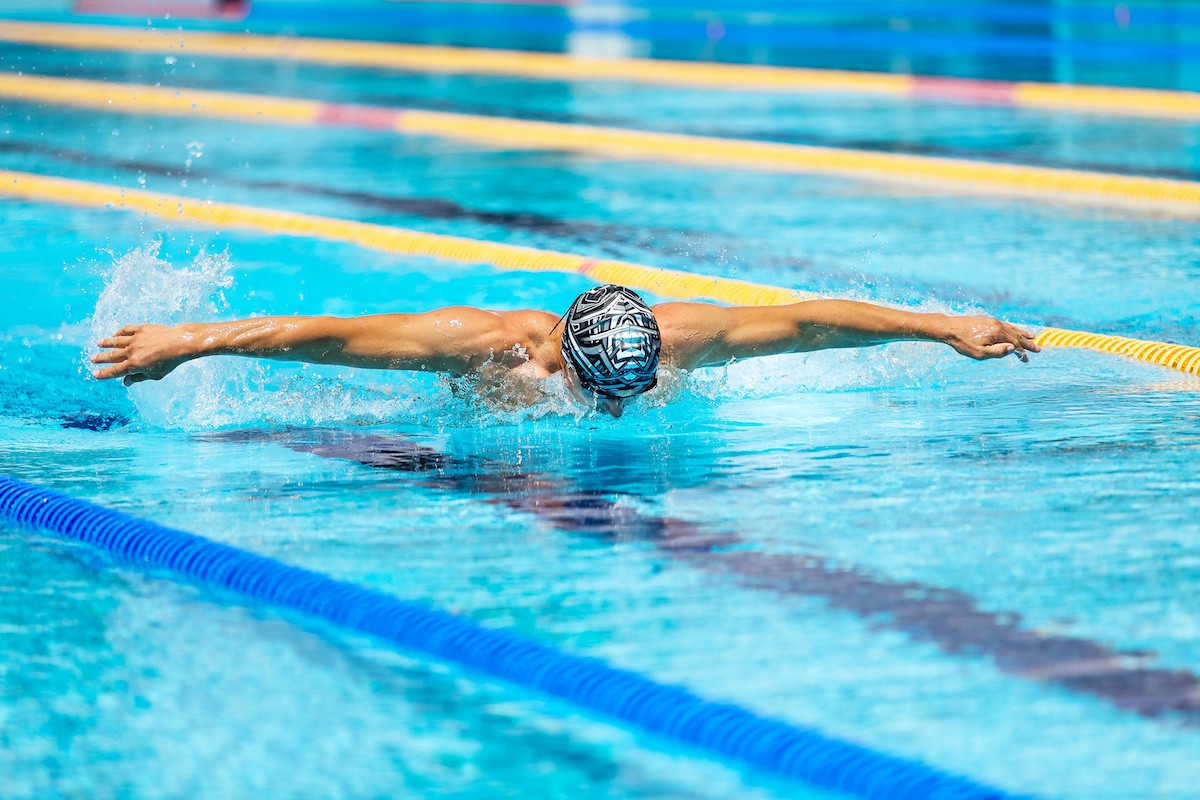 |
| Photo: AdobeStock |
The butterfly, or fly, is the most difficult stroke to learn. It’s a complex stroke that requires precise timing and coordination.
Before trying the butterfly, learn the wave-like body movement first. This is the core motion of the butterfly stroke. Once you’ve mastered this move, you’re ready to incorporate the arm motions. Watch the video above to see how it’s done.
To do it:
1. Float with your face in the water, your body straight and horizontal. Stack your hands and keep your arms and legs long.
2. Send your head down and forward and push your hips up. Next, move your head up and push your hips down. Continue alternating like a wave.
3. When your head goes down, follow with your hips and kick. Send your arms down and past your hips. Simultaneously lift your head to inhale.
4. Kick and continue the body wave, sending your arms up and across the water. Put your face in the water and follow with your arms. Exhale. This completes one arm cycle.
5. Repeat. Breathe once every two or three cycles.
5. How to do freestyle
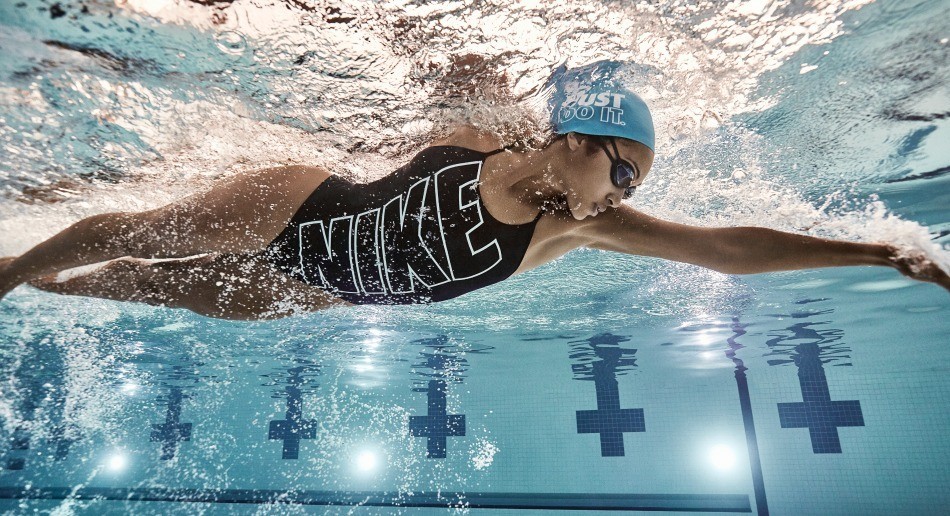 |
| Photo: Nike |
Freestyle, also called front crawl, involves a leg movement called the flutter kick. It’s recommended to learn this technique before trying the full stroke. Take a look at the video above to get a visual for this stroke.
To do it:
1. Float with your face in the water, your body straight and horizontal. Stack your hands and keep your arms and legs long.
2. To do the flutter kick, move one foot up and one foot down. Alternate quickly, keeping your ankles loose and knees slightly bent.
3. Reach your right hand 12 to 18 inches ahead, palm facing down and in line with your shoulder.
4. Pull your right hand down and back, pointing your fingers diagonally toward the bottom. Point your elbow upward.
5. As your right hand passes your thigh, rotate your hip and shoulder upward. Bring your hand up and across the water.
6. Enter your right hand in the water and repeat with your left hand.
7. Repeat. Breathe every two or three strokes as your hand exits the water.
6. Being prepared for unlikely situations
Know how to get out of a rip current. If you're swimming in the ocean, you might get caught in a rip current. Knowing what to do can save your life, so try to memorize these steps before you get into the water.
Do not panic. This is, by far, the most important step of all. By flailing and panicking, you could actually keep yourself under the water.
- Swim sideways. Do not try to swim directly to shore or directly out further into the ocean. Instead, try to swim in a line that's exactly parallel to the shoreline.
- Swim in a stroke that allows you to breathe. Swim with the strongest stroke you can do that also allows you plenty of room to breathe. This might be a sidestroke, front crawl, or breaststroke.
- Keep swimming until you're out of the rip current. You might have to swim quite far before you're safely out of the rip current, but keep going. You don't want to undo the good work you've done so far by heading for shore at the wrong time.
- If possible call out for help. If you can, motion to the lifeguard or yell "Help!" as soon as possible. However, don't do this if it means sacrificing a breath or if you have to stop swimming - it's better to keep yourself moving.
 | The Best Tips For A Low-Budget Skincare Skincare does not have to be expensive, since there are many ways to keep your skin healthy with natural remedies and methods. |
 | Helpful Tips To Stay Healthy During A Trip Travelling is fun and enjoyable, but it can also be stressful at times and can mess up your daily habits. But it is not impossible ... |
 | Five Practical Tips To Help Children Learning At Home On Holidays Learning with kids can be stressful during your holidays since kids are very much active and will not like sitting around, and doing nothing. Here ... |
Recommended
 Handbook
Handbook
Vietnam Moves Up 8 Places In World Happiness Index
 Handbook
Handbook
Travelling Vietnam Through French Artist's Children Book
 Multimedia
Multimedia
Vietnamese Turmeric Fish among Best Asian Dishes: TasteAtlas
 Handbook
Handbook
From Lost to Found: German Tourist Thanks Vietnamese Police for Returning His Bag
 Handbook
Handbook
Prediction and Resolution for the Disasters of Humanity
 Handbook
Handbook
16 French Films To Be Shown For Free During Tet Holiday In Vietnam
 Handbook
Handbook
Unique Cultural and Religious Activities to Welcome Year of the Snake
 Handbook
Handbook


